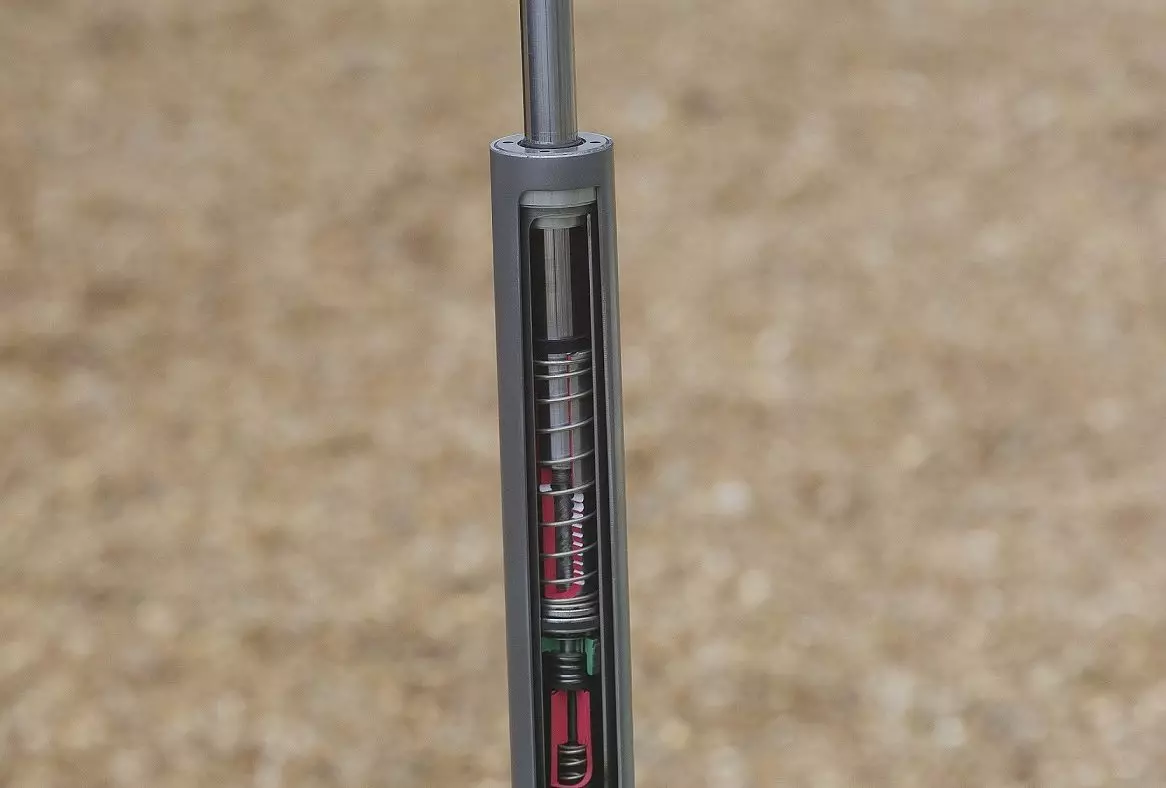Comfort has been one of Citroën's priorities for nearly a century, to the point where 'Comfort Citroën' has become a true signature of the French brand. Over time, the definition of comfort has undergone profound changes, and today encompasses the most varied criteria.
In order to take the most advanced and comprehensive approach to comfort, as we announced yesterday, Citroën has launched the “Citroën Advanced Comfort” concept. A concept illustrated through the “Citroën Advanced Comfort Lab”, a prototype based on the C4 Cactus that brings together technologies such as suspensions with progressive hydraulic stops, new seats and an unprecedented structural bonding process.
When a vehicle passes over a deformation in the floor, the repercussion of this disturbance is transmitted to the occupants in three stages: suspension work, repercussion of the vibrations on the bodywork and the passing of vibrations to the occupants through the seats.
In this sense, the prototype presents three innovations (see here), one for each of the vectors, which will allow the reduction of disturbances felt by the occupants, and thus significantly improve the comfort in progress.
These technologies involved the registration of more than 30 patents, but their development took into account their application, both in economic and industrial terms, to the range of models in the Citroën range. That said, let's go into the details of the French brand's new suspension, the most important innovation of the three now presented.
Suspensions with progressive hydraulic stops
A classic suspension is made up of a shock absorber, a spring and a mechanical stop; the Citroën system, on the other hand, has two hydraulic stops – one for extension and one for compression – on both sides. Thus, it can be said that the suspension works in two stages, depending on the requests:
- In the phases of slight compression and extension, the spring and the shock absorber jointly control the vertical movements without requiring the hydraulic stops. However, the presence of these stops allowed the engineers to offer a greater range of articulation to the vehicle, in search of a flying carpet effect, giving a feeling that the vehicle is flying over the deformations of the floor;
- In the phases of accentuated compression and extension, the spring and shock absorber control together with the hydraulic compression or extension stops, which progressively slow down the movement, thus avoiding the sudden stop that usually occurs at the end of the suspension's travel. Unlike a traditional mechanical stop, which absorbs energy but gives back a part of it, the hydraulic stop absorbs and dissipates that same energy. Therefore, the phenomenon known as rebound (suspension recovery movement) no longer exists.

